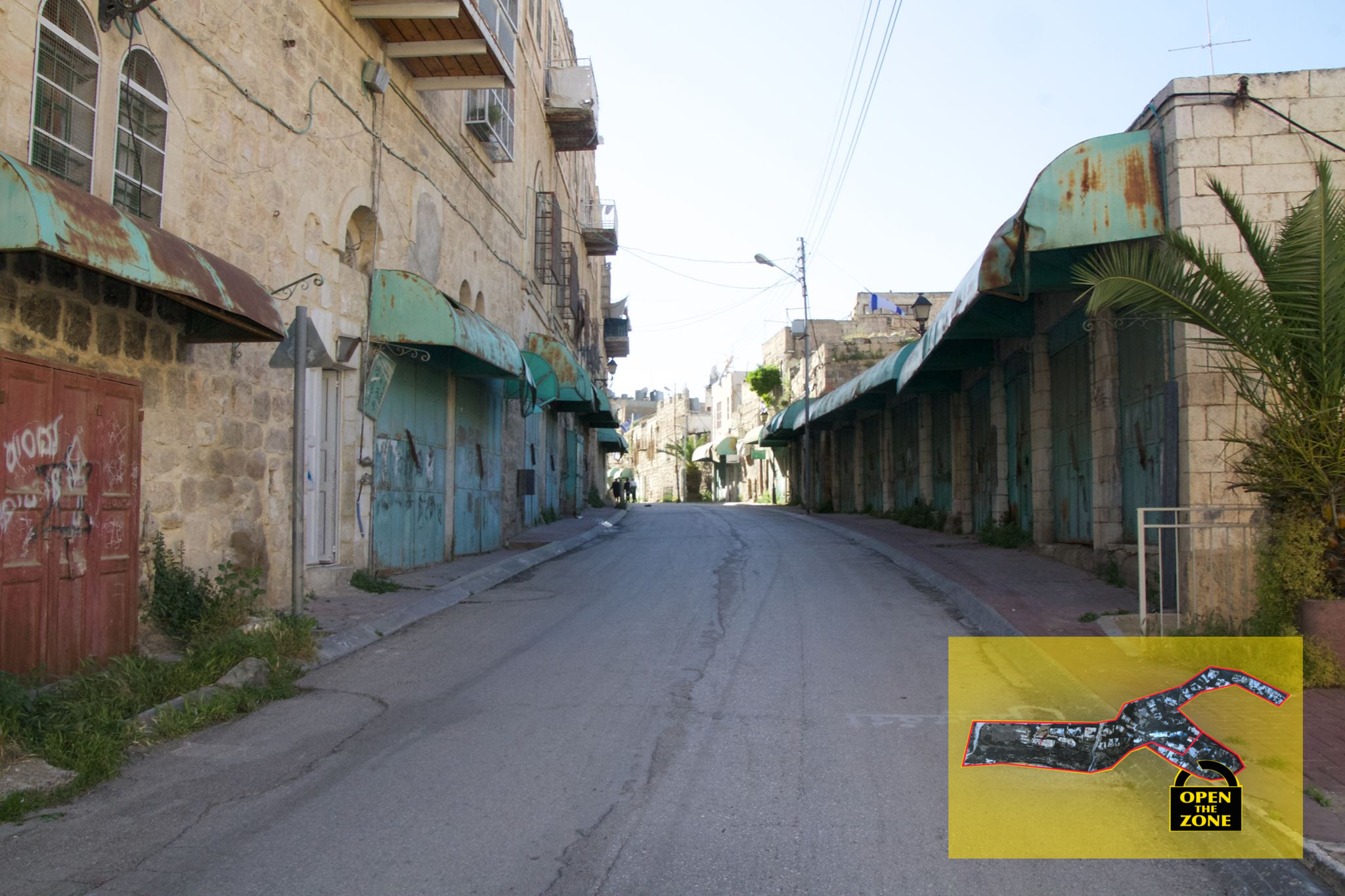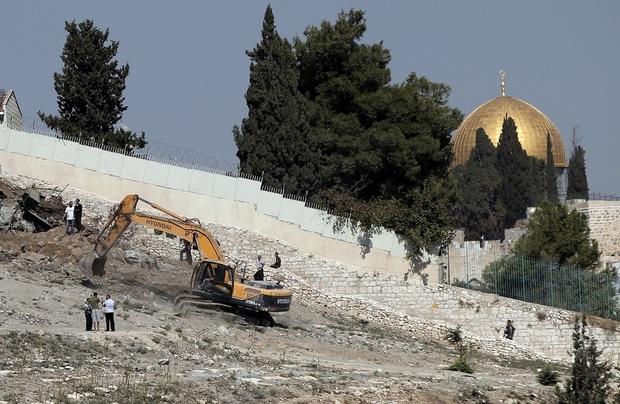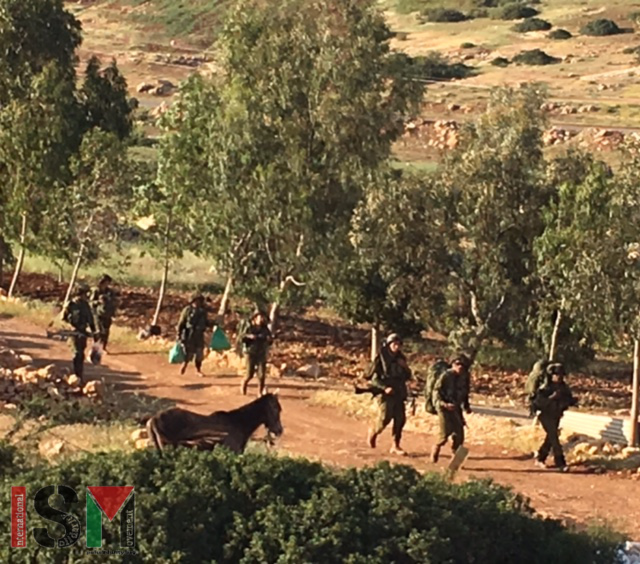Tag: House Demolition
-
Al-Nakba day: The biggest crisis in the history of Palestine
15th May 2016 | International Solidarity Movement, al-Khalil team | Occupied Palestine Today, 68 years ago, the state of Israel was created on the Palestinian peoples’ home. The anniversary falls after a winter and spring with an escalation in violence and arrests of Palestinians, ever-expanding Israeli settlements in the West Bank and the Palestinian capital…
-
Press release: Last day of demolition order leaves Palestinian family in Wadi al-Joz in fear of losing their home
10th April 2016 | International Solidarity Movement, al-Khalil Team | Jerusalem, occupied Palestine The 10th of April is the last day of the demolition order on the home of the Totanji family. The family lives in the Sawaneh district in Wadi al-Joz, a village in East Jerusalem near the Old City, which Israel has declared…
-
IOF Military Training Exercises in the Jordan Valley
4th April 2016|International Solidarity Movement | Al-Khalil Team, occupied Palestine In the north of the Jordan Valley, and adjacent to the town of Tubass, are three agricultural communities: Yarza (with 4 families), Ibzk (13 families) and Samre (11 families). These families have existed on this land for hundreds of years, and some were born in…



